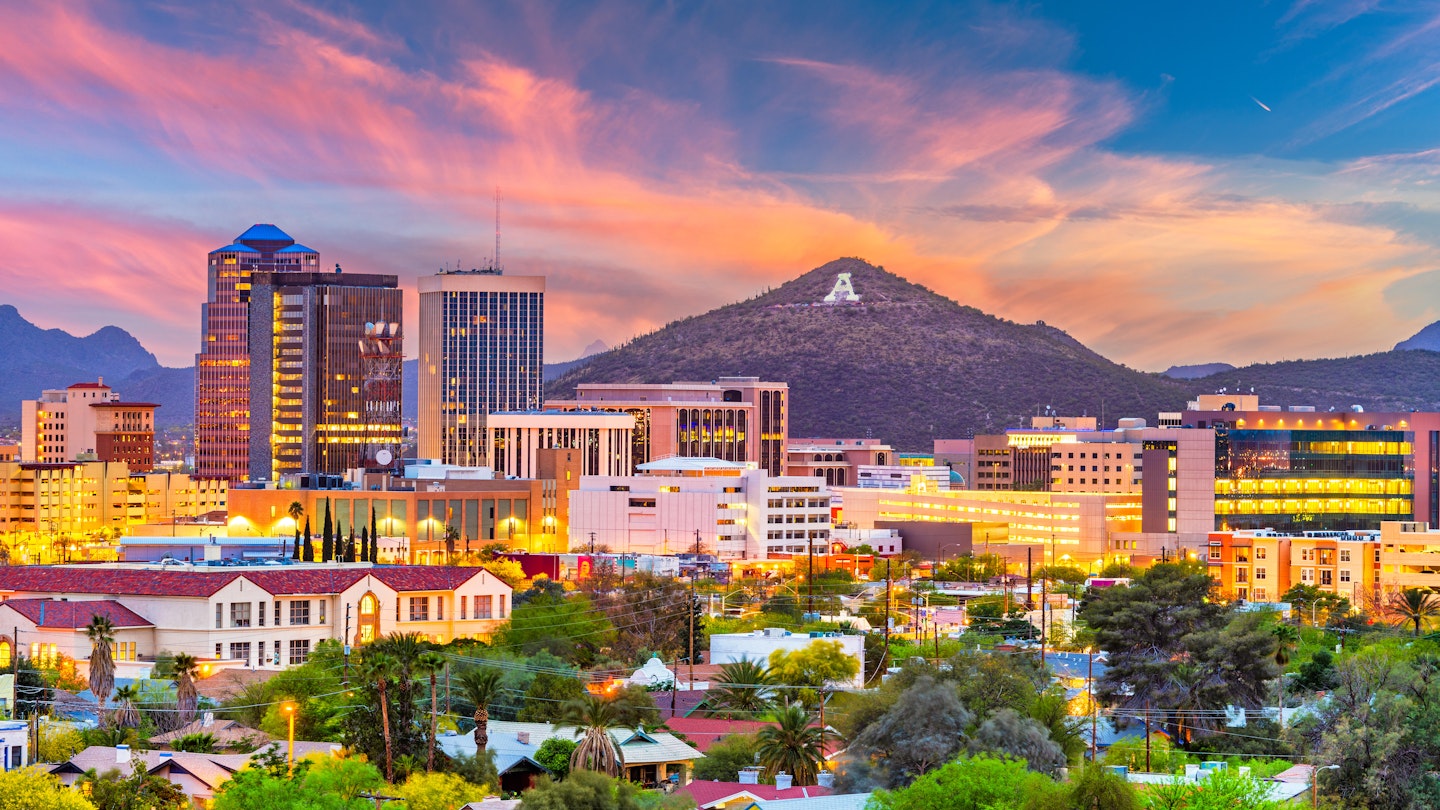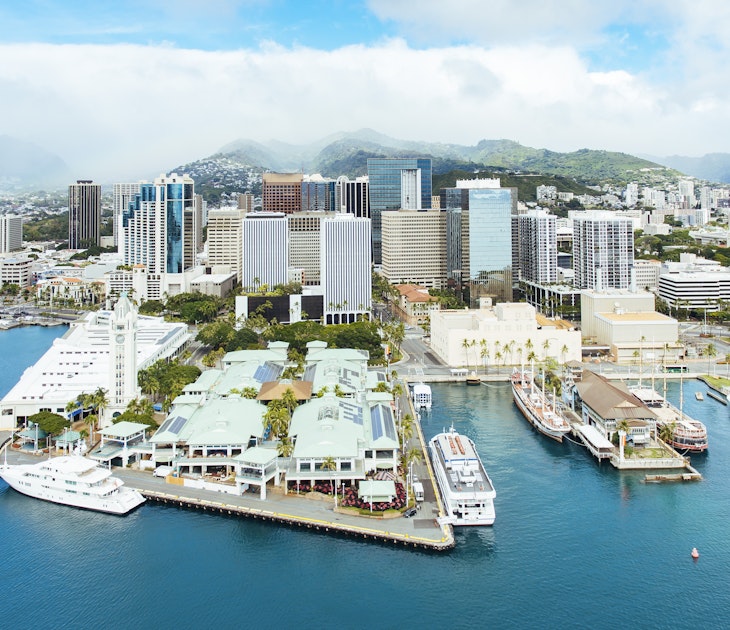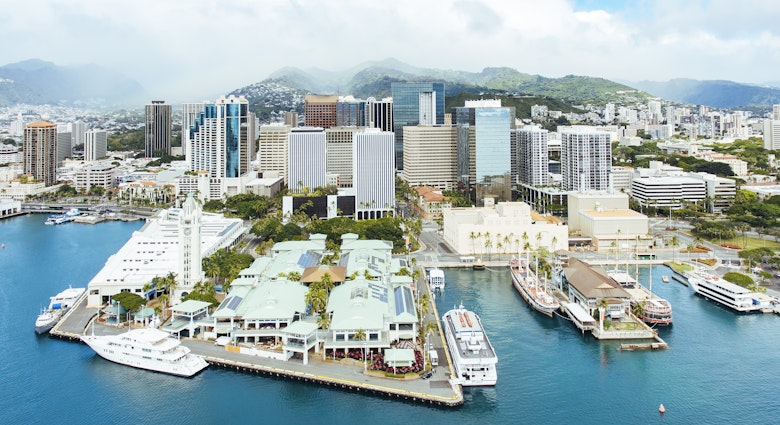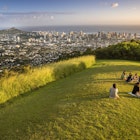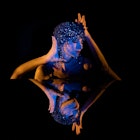Set in a flat valley hemmed in by mountains and swaths of saguaro, Arizona's second-largest city smoothly blends American Indian, Spanish, Mexican and Anglo traditions. That unique mix of scenery and history makes Tucson perfect for budget travelers – there's plenty to see and do without ever opening your pocket book. Instead, you can soak up unique neighborhoods full of southwestern flavor and explore the one-of-a-kind landscape full of saguaro cacti, colorful desert flora, and an unbelievable array of wildlife.
If you're looking for free things to do in Tucson, we have ten of the best attractions to start with right here (plus another five not-quite-free but budget-friendly attractions to check out, too).
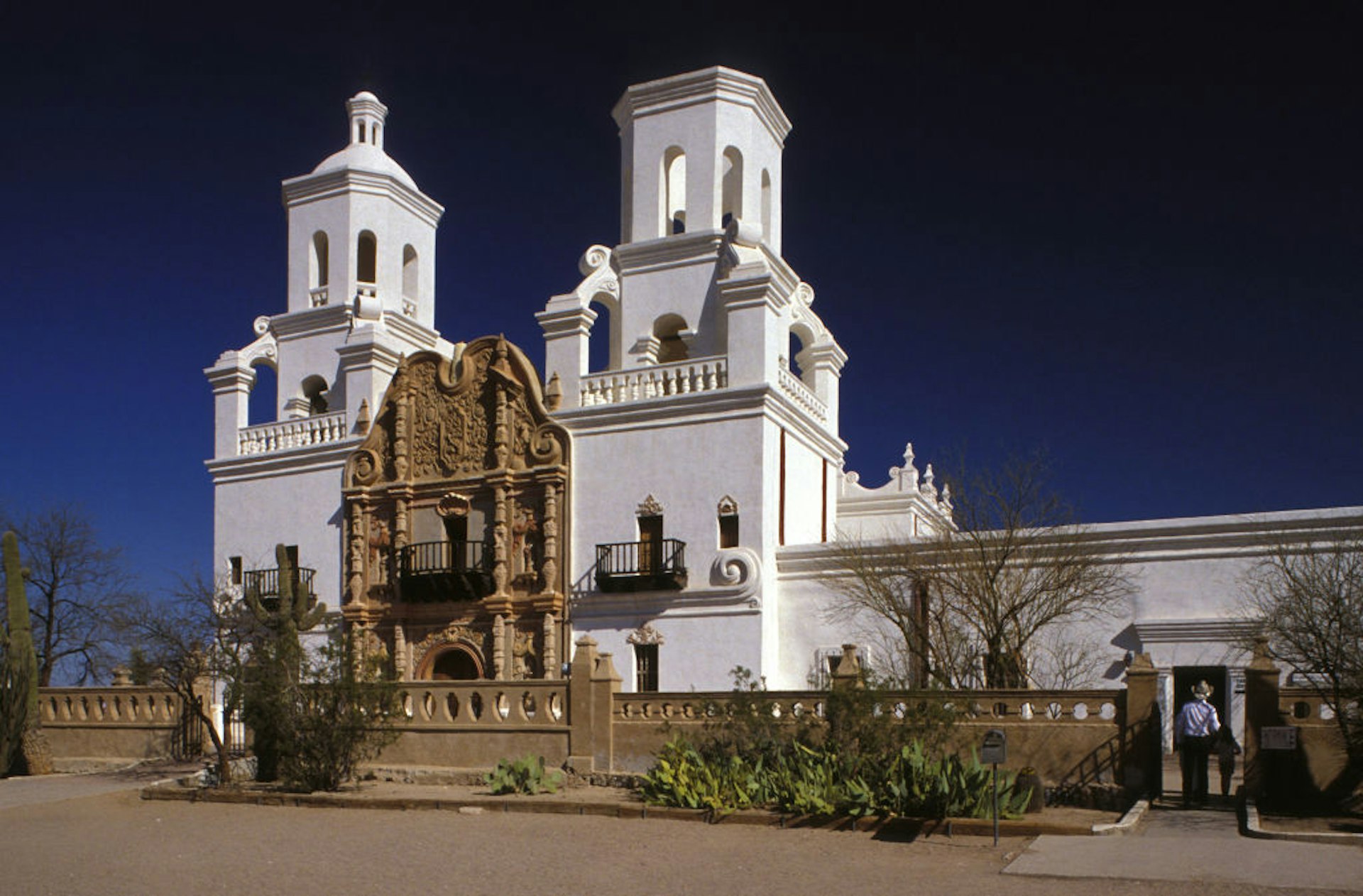
View the white towers of Mission San Xavier del Bac
The dazzling white towers of this mission rise from the dusty desert floor 8 miles south of Tucson – a mesmerizing structure that brings an otherworldly glow to the scrubby landscape surrounding it. Nicknamed 'White Dove of the Desert,' the current structure was built in the 1700s in a harmonious blend of Moorish, Byzantine and Mexican Renaissance styles. Carefully restored in the 1990s with the help of experts from the Vatican and still religiously active, the Xavier del Bac one of the best-preserved and most beautiful Spanish missions in the country.
A small museum explains the history of the mission and its construction. Free 45-minute docent tours (four to ten per day, Monday to Saturday) add helpful context. Visit the website for tour times. American Indians sell frybread, jewelry and crafts in the parking lot.
See the works of Ansel Adams at the Center for Creative Photography
The CCP is known for its ever-changing, high-caliber exhibits. It also administers the archives of Ansel Adams – perhaps the best-regarded landscape photographer in American history – and occasionally displays his works.
Witness the diversity of the city with the Tucson Portrait Project
This wall-to-wall mosaic of about 7000 Tucsonian faces is a simple yet powerful testament to the diversity of the city's population. The Tucson Portrait Project is in the underpass where 4th Ave ducks under the railway line. Or you can explore the panels online.

Hang out with the cool kids in Barrio Histórico District
This compact neighborhood was an important business district in the late 19th century, bordered by I-10, Stone Ave, and Cushing and 17th Streets. Today the Barrio is home to funky shops and galleries in brightly painted adobe houses that are begging to be photographed. Don't miss El Tiradito while you're here, either. Located in Tucson's Barrio Histórico, this shrine to a 19th-century local, purportedly killed by his father-in-law when he fell for his mother-in-law, receives offerings to this day for anyone commemorating a lost loved one.
Take in the special exhibits at Tucson Museum of Art
For a small city, Tucson boasts an impressive art museum. There's a respectable collection of American, Latin American and modern art, and the permanent exhibition of pre-Columbian artifacts will awaken your inner Indiana Jones. The special exhibits are varied and interesting, there's a superb gift shop, and the block surrounding the building holds a number of notable historic homes. The museum stays open to 8pm on the first Thursday of the month, when admission is free from 5pm.
Hop aboard at Southern Arizona Transportation Museum
Perfect for families with train-obsessed kids, the Southern Arizona Transportation Museum is located in the historic Southern Pacific Railroad Depot on Toole Avenue. There are statues of “Doc” Holiday & Wyatt Earp, who dispatched Frank Stilwell near this spot in vengeance for the 1882 attack at the OK Coral in Tombstone, Arizona. There's also a Southern Pacific locomotive #1673 – the kind of classic steam engine that originally connected Tucson far-flung western towns from New Orleans to Portland Oregon, as well as Amtrak trains currently in service.

Hit the trails at Tumamoc Hill hike
A paved trail with stunning views of the city, this three mile hike has moderate elevation gain and is surrounded by wildflowers in the spring. It's also open 4am-10pm, thanks to the fact that Tumamoc Hill is on University of Arizona property. Park on the street along Anklam Road when you go, rather than in the Saint Mary's Hospital lot or the spaces in front of nearby medical offices, which are needed by doctors and their patients. There are limited bathroom facilities and a place to refill your water bottle on site.
Watch street performers at 2nd Saturdays
2nd Saturdays is a free family-friendly music festival that takes place, you guessed it, the 2nd Saturday each month in downtown Tucson from Toole Avenue & Congress west to Church Avenue & Congress. There are musicians, vendors, street performers and more. Note: 2nd Saturdays are temporarily on hold due to the COVID-19 pandemic.
Visit one the oldest inhabited places in North America: The Presidio District
The Tucson Museum of Art is part of this low-key neighborhood, bounded by W 6th St, W Alameda St, N Stone Ave and Granada Ave, and embracing the site of the original Spanish fort and upmarket 'Snob Hollow.' This is one of the oldest continually inhabited places in North America: the Spanish Presidio de San Augustín del Tucson dates back to 1775, but the fort itself was built over a Hohokam site that has been dated to AD 700 to 900.
Cheap things to do in Tucson
Travelers on a budget will appreciate that, in addition to Tucson's free attractions, there are even more that give you a lot of bang for your buck. For just a few dollars here and there, you can get access to some of the city's best galleries, state parks, national forests, and more. We've included some of the best almost-free attractions, too.

Learn about historical events at DeGrazia's Gallery in the Sun
Since 1950, DeGrazia's Gallery in the Sun has celebrated both regional art and the work of artist Ettore “Ted” DeGrazia. The gallery boasts six permanent collections of paintings that trace historical events and native cultures of the Southwest, as well rotating exhibits of DeGrazia's own prolific ouevre. Not only is the artwork well worth taking in, the setting is pure Tucson. DeGrazia built the Gallery in the Sun on 10-acres in the Santa Catalina Foothills. Its classic adobe facade fits right in to the landscape, surrounded by indigenous plants and built with the help of local Indigenous peoples. Admission fees are $8.00 for adults, $5.00 for ages 12-18, and kids under 12 are free.
Get active in Catalina State Park
With a day-use area, campgrounds and plenty of hiking, biking and horse trails, this state park in the Santa Catalina Mountains northeast of Tucson is one of the city's favorite playgrounds. The .75 mile Romeo Ruins Interpretive Trail offers an opportunity to learn more about the Hohokam people who lived here 1,500 years ago. There are several other easy one mile hikes here, too, that are easy to squeeze into even a short trip to Tucson. Park entrance fees are $7.00 per vehicle and $3 per individual or cyclist.
Get hands-on at Tucson Children’s Museum
Parents sing the praises of the Tucson Children’s Museum, which has plenty of engaging, hands-on exhibits – from the Discovery Garden to Pet Vet and Bodyology. Admission is $3 on the 3rd of each month.
Take a tram tour at Sabino Canyon
Sabino Canyon, a lush, pretty and shaded mini-gorge, is well worth a visit in fine weather. Narrated hop-on, hop-off tram tours along the Sabino Canyon Trail (adult/child $10/5) depart every half hour from the visitor center at the main car park for a 45-minute, nine-stop loop with access to trailheads and riverside picnic areas. It’s nicest in the afternoon when the sun plays hide and seek against the canyon walls. You will need a Coronado Recreation Pass to visit Sabino Canyon, which runs $8 for the day, $10 for the week, or $40 a year.
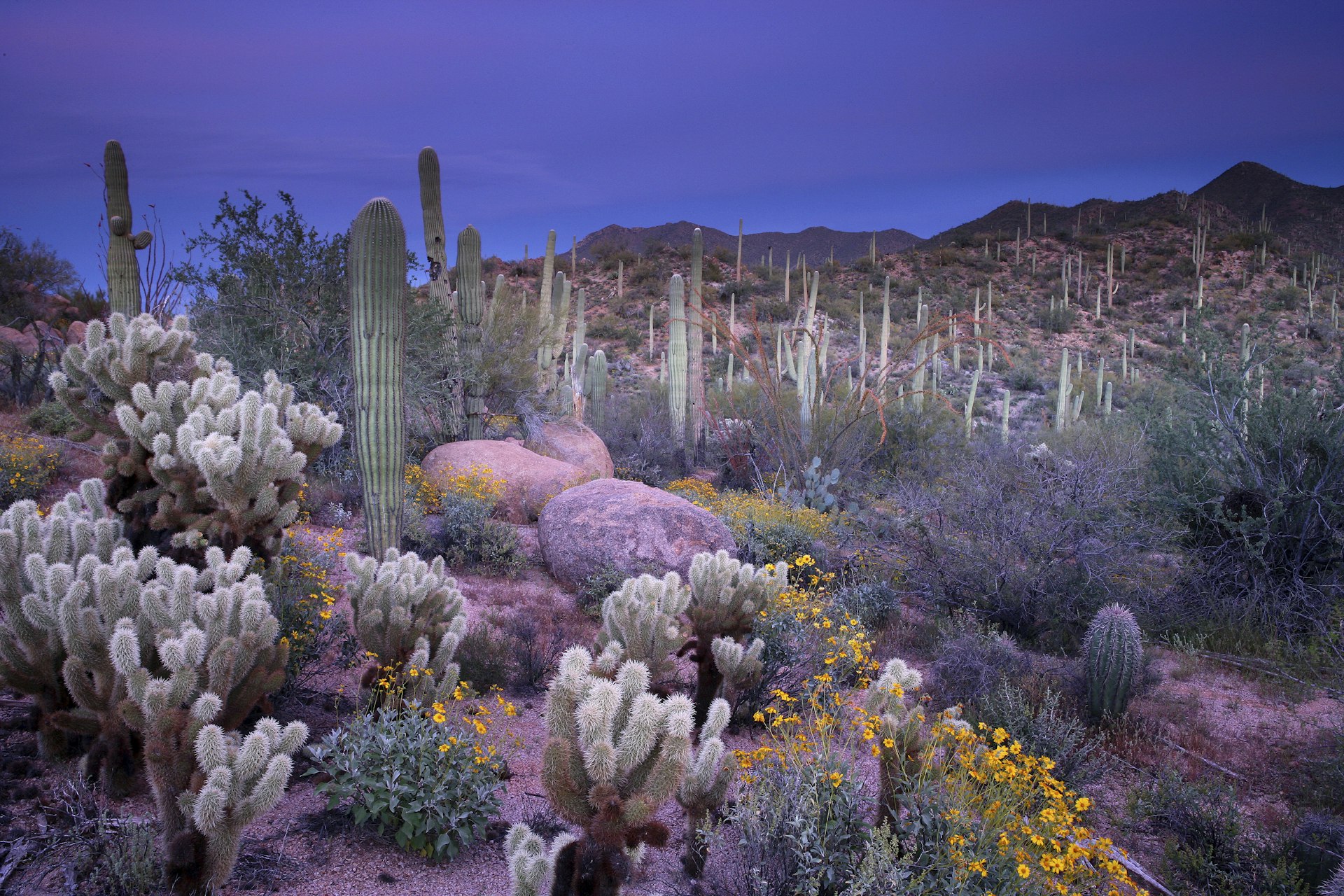
Head to a desert in playground in Saguaro National Park
Saguaros (sah-wah-ros) are icons of the American Southwest, and an entire cactus army of these majestic, ribbed sentinels is protected in this desert playground. Or more precisely, playgrounds: the park is divided into east and west units, separated by 30 miles and Tucson itself. Both sections – the Rincon Mountain District in the east and Tucson Mountain District in the west – are filled with trails and desert flora; if you only visit one, make it the spectacular western half. A Saguaro National Park Weekly Pass is $25.00 per vehicle.
Do some bird watching in Coronado National Forest
This 2781-sq-mile national forest includes the Santa Catalina and Rincon Mountains, north of Tucson. Rincon Peak is a popular hike in this tiny mountain range, with panoramic views from its 8482 foot summit – but it's 16 miles out and back. More accessible is the scenic drive along Mt Lemmon Highway – the only paved road that reaches the upper reaches of the Santa Catalina Range. Madera Canyon is popular with birders, while in the winter Coronado National Forest has the distinction of being the southernmost ski area in the continental United States. Entry fees are $8 per vehicle per day or $10 per vehicle per week.
See 500 years of work at University of Arizona Museum of Art
Founded in its current building in the 1950s, the university's impressive museum showcases 500 years of European and American creativity. The permanent collection features Rodin, Matisse, Picasso and Pollock. Admission is $8 for adults, $6.50 for seniors, and kids are free.
You may also like:
Get a taste of Tucson's Unesco-recognized food scene
Under the radar USA: Tucson is more than its cactus
Live out your "Yellowstone" dreams at these top dude ranches
